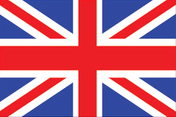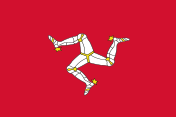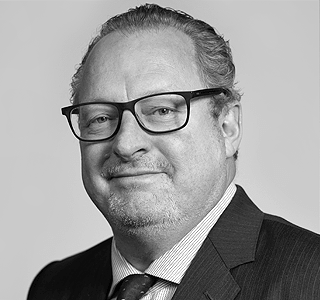An overview of the US FDA Section 510k approval process for medical device products to enter the US market.
Background
The US has the largest medical technology market in the world, which accounts for 40% of the global medical device industry.
In 2020, the US exported roughly US$28 billion in instruments and appliances for medical, surgical, dental, or veterinary sciences and imported US$27.6 billion.
Australia exported roughly US$69.7 million in instruments to the US, making it the second largest destination for Australian medical devices after New Zealand.
US health innovation and medical device demand is expected to continue growing, with the medical device market reaching US$208 billion in 2023. An aging population, chronic disease and high medical costs will drive demand in the US for medical devices and provide large market opportunities for Australian medical device innovators and suppliers.
For those Australian medical device manufacturers and suppliers seeking access to the US healthcare and consumer market it is necessary to comply with certain US FDA regulatory hurdles before your medical device product can be sold or distributed in the US market by submitting a “Pre-Market Notification” to the US FDA. In Australia, the TGA operates a similar requirement known as a “conformity assessment” process.
The FDA has however implemented pre-market notification procedures which may, in certain circumstances, streamline the process for offshore medical device providers to register their products, utilising the FDA Section 510k process.
An application under s510k is possible for Class 1 and Class 2 (low to moderate risk) medical devices utilising the FDA concept of “substantial equivalence”.
This permits an applicant to submit materials to the FDA demonstrating their product is similar to medical devices already in the US market by providing documentation to show their medical device is of a similar technical specifications and produced to similar quality standards as an existing US competitor product.
Be advised however that the FDA will require that the manufacturer of the medical device product has ISO13485:2016 certification which is a quality management standard applicable to medical devices. This QS regulation applies to finished device manufacturers who intend to commercially distribute medical devices. A finished device is defined as “any device or accessory to any device that is suitable for use or capable of functioning, whether or not it is packaged, labelled, or sterilized”. ISO13485:2016 mirrors the requirements of overseas regulators.
Section 510k Process
Below is an overview of the 510k process which can be submitted online:
- Company sponsors must submit an eCopy of completed 510(k) applications to the FDA.
- Once FDA receives an application, company sponsors are issued either an acknowledgement letter or a hold letter. Typically, hold letters are issued because (1) applicant fees have not been paid or (2) an eCopy has not been received. At this stage, the FDA conducts an Acceptance Review based on the Refuse to Accept (RTA) Policy for 510(k) and applications are either accepted for Substantive Review or placed on RTA hold.
- During the Substantive Review process, FDA conducts a substantive evaluation of the data and information included in the submission, to determine whether a “substantially equivalent” decision can be reached.
- If FDA does not have sufficient information to make a substantially equivalent” decision, it will decide if the application qualifies for an Interactive Review.
- If so, questions and answers may be exchanged between the reviewer and the company representative via telephone or e-mail, followed by a written submission. If the submission does not qualify for Interactive Review, it will be put on hold, and FDA will issue an Additional Information Request to the company.
- Following this review, the FDA will issue a letter stating its final decision.
Most applications take 90 to 100 days to complete depending on whether the FDA requests further submissions from the applicant.
It is also recommended, when dealing with the FDA, to consider appointing a US regulatory and compliance agent / company sponsor to assist with preparation of supporting documents and respond to FDA queries during the application process.
The writer has assisted several medical device clients to navigate the application process both for the US and for other important markets including China.
If you have any questions about this article or would like to discuss further, please contact Richard Kimber.
This article is for general information purposes only and does not constitute legal or professional advice. It should not be used as a substitute for legal advice relating to your particular circumstances. Please also note that the law may have changed since the date of this article.




